Film and TV editor and multimedia artist in Los Angeles, Nina Helene Hirten, served as the editor for Universal’s Curious George: Royal Monkey, and Previsualization Editor for both Marvel’s Ant-Man and the Wasp and Sony’s Venom. In addition, she edits indie projects in the genres of animation, horror, drama, and more.
Currently, she is the lead editor on Amy Poehler's animated series Duncanville, airing on Fox and Hulu, which she recently spoke exclusively to ProductionHUB about.
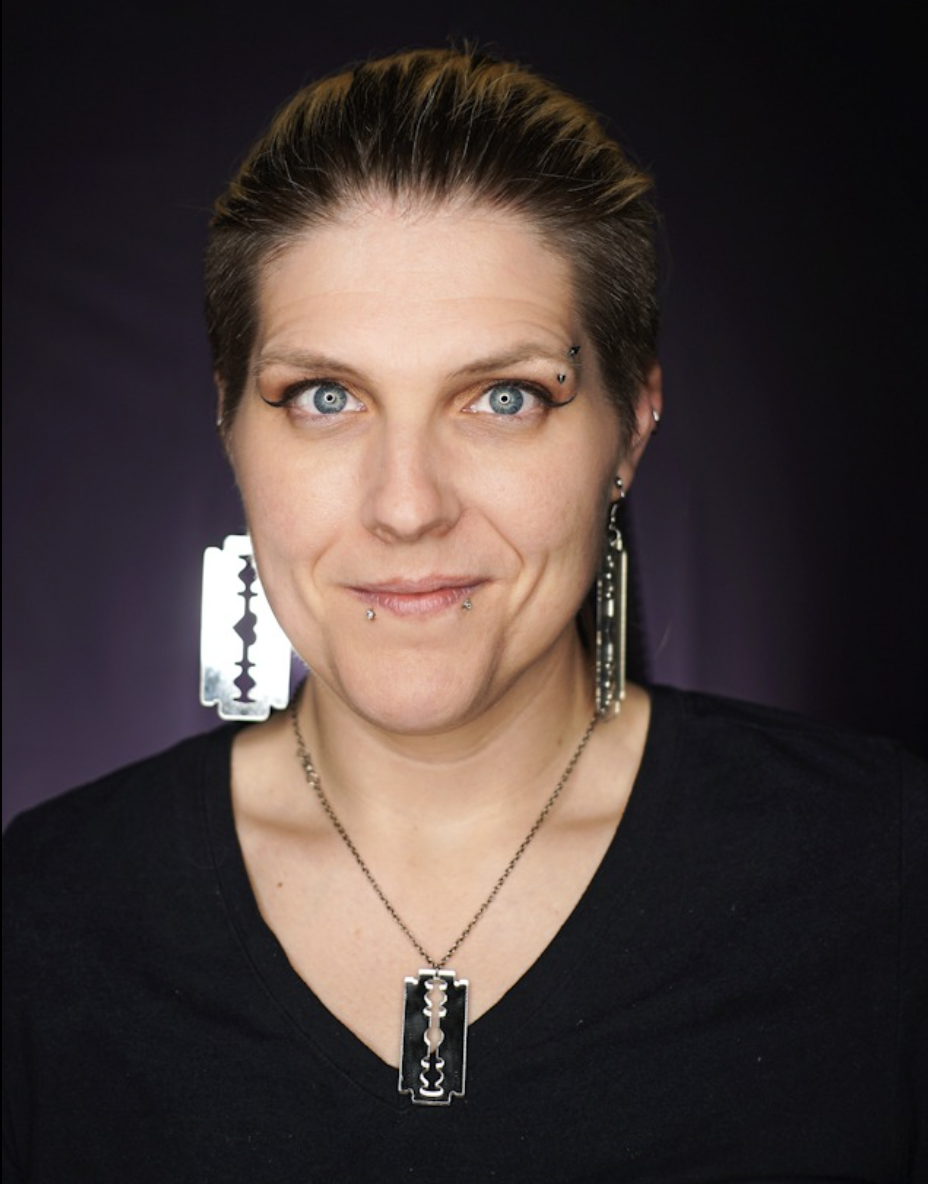
PH: Hi Nina! Can you give readers a little background on you and your editing experience?
Nina Helene Hirten: Hi! I’m Nina and I’m a film and tv editor living in Los Angeles. I have been editing for over 15 years and fell in love with it when I made my first animated film in high school - though I didn’t decide to focus on it solely until my last year of university, which is when I found an amazing group of mentors within the Canadian Cinema Editors (CCE).
PH: Did you always know you wanted to work in the production industry? How did your roles and responsibilities shift as you gained more professional experience?
Nina Helene Hirten: I always knew I would be working in movies and music, though the exact path wasn’t a clear one for a long time. As a kid, I wanted to be an animator, and that evolved into wanting to do storyboards after being inspired by a visit to Pixar and listening to Ridley Scott talk about how he got Alien funded. Then, in high school, I was a part of an ambitious media program and we made so many movies - mostly documentaries, but also live-action and animation. Once I made it official and went to film school in Toronto, I realized that editing is where it all came together for me (both figuratively and literally) and I found a great, craft-focused editing community in Canada.
Just after university, we moved to Vancouver, where I found it difficult to find opportunities that would also allow me to pay the bills - it’s a beautiful but incredibly expensive city. So, I took out a loan for a camera and started my own one-human production company, Oh Just Peachy Studios Productions. I worked for hire producing all sorts of videos around town and bartered my way through my own productions. I met a lot of fantastic people doing that, including Tini Wider, who at the time was a PM at Bardel Animation. She got me a position working there as a Production Coordinator, where I learned studio animation pipelines and ended up managing the 50-person animation team for the first season of Dreamwork’s Dinotrux.
After I had my first child, I started feeling like I should head back to California to be closer to my family - so we started making plans to move south, and I was fortunate to be referred to The Third Floor, a previsualization company in Los Angeles. The VP of Production at Bardel at the time, Bonnie Pritzker, thought that I would love previs… and man was she spot on! We moved down, and I worked at TTF as a Coordinator for a little over a year before John Caldwell, their Head of Editorial at the time, finally found a spot for me as a previs editor. I’ve been editing like mad ever since!
PH: How do you choose what types of projects you're interested in working on? Are there criteria you go by?
Nina Helene Hirten: I particularly love anything with weird and unique stories and characters so I tend to gravitate towards quirky or absurdist projects, but I love cutting most genres and have managed to get experience in a lot of them. Ultimately, I try to find projects that I think would be fun to watch, regardless of genre. For me, the purpose of the film is entertaining, and this principle also guides me when I’m working; how can I make this as fun as possible to watch using my editing tools?
PH: You're currently working on Duncanville, Amy Poehler's animated series. What's it like working as a lead editor on an animated series?
Nina Helene Hirten: It is super fun! Like any show, schedules can get crazy and stressful sometimes, but on Duncanville, everyone has a great attitude and that goes such a long way. I am one of two lead editors on the show, and we each get ownership of our episodes from start to finish, which means that I can keep fresh on both my animatic and post-production skills - this doesn’t always happen, so it’s pretty refreshing from that standpoint.
PH: What are some of the challenges you encounter in an animated series that you don't have to worry about with humans? Or are there any? Switching gears a bit... as a Previsualization Editor for both Marvel’s Ant-Man and the Wasp and Sony’s Venom, what were you mainly responsible for? What did a typical "day at work" look like?
Nina Helene Hirten: Animation definitely has its own challenges - it’s a different beast than live-action, not to mention that different types of animation also require different sets of technical knowledge (eg. traditional drawn vs. CGI in a 3D space).
No matter what type of movie I’m editing though, my priority is the storytelling. When I approach a live-action project I’d say that my second priority is the performance, and seeing how I can make it the strongest performance I can - sometimes that actually means knowing when NOT to cut. In animation and previs, my secondary focus with editing is more on pacing and timing for clarity or jokes/drama than anything else.
As a previs editor specifically, it’s really about the story, pacing, and shot order - and it’s extra fun because it’s really a big collaborative sandbox! Usually, nothing has been shot yet, so you’re working with a mix of storyboards, fully animated previs shots, clips from existing movies and tv as well as whatever you’re provided by other departments in the production, so it’s up to us editors to put all these mismatched pieces together and have it make sense. This includes a fair bit of time spent on a sound effects bed to help “sell” the scene as a cohesive piece.
For example, on Ant-Man and the Wasp, the first cuts of many of the car chase sequences in the third act were crazy montages consisting of clips from Dirty Harry’s mini car chase, Bullit, and The Fast and Furious intercut with the more movie-specific fully-animated shots that the previs team would come up with. On top of that, we’d add in the “stuntvis” - which are videos made by the stunt team of them doing all their latest choreography with suggested shot angles for maximum impact (pun intended). As the script gets rewritten and the choreography changes, so do the cut - and with Marvel projects in particular this can be extremely fast-paced, like on a daily or even hourly basis! Many times my screening room office ended up being the place for all the key department heads on the movie to discuss how to film everything efficiently, and those were definitely my favourite moments - I learned so much and have huge respect for the hard work and incredible teamwork that goes into those huge productions.
PH: How do you approach editing these films? Are they similar because they're both superhero (or anti-hero) films?
Nina Helene Hirten: Honestly no matter what I’m cutting, be it previs, action, cartoons, music videos - my approach boils down to “what will make this the most entertaining thing to watch?” Sometimes it doesn’t need much on my part if anything, and it’s very straightforward (like a dialogue scene for example). Sometimes it needs to have extra energy (or less energy!) or clarifying scenes added. As long as all the choices that are being made are serving the story, the characters, and the viewer’s ability to understand all of it while also being entertained, then I’m doing my job.
In previs specifically, the edits serve a very particular purpose on set. In most cases, they act as a technical blueprint and can even include lens information, crane programming, 1:1 scale environments that match what was built on the stage, actor blocking, and visual aid for the production when trying to think ahead to VFX needs that will need to be added after everything is shot.
PH: Are there major differences between editing animated series, feature films, and indie films? What are some of the challenges associated with each?
Nina Helene Hirten: The lines are blurred quite a bit these days and the way of the future is certainly hybrid, but there are indeed subtle differences. Drawn animation has specific editorial technical needs that would be different from a 3D animation and live-action differs from animation in that it’s not as straightforward to change certain details. For example, in animation, a fix for something that’s not working might mean simply replacing a frame or two from a similar render somewhere else, but in live-action, you’d either have to have a reshoot, or a VFX budget or be willing to work with what you’ve got. Consequently, it feels like the attention to individual frames and details is greater with animation than in live-action, though I find it important to look at live-action with that level of detail as well when I can - especially in projects with lots of visual effects. Sometimes movies like that are mostly animation anyway!
PH: Roughly how much time do you spend sifting through footage as an editor? Does that vary by the project?
Nina Helene Hirten: This totally depends on the project! I cut a few other projects last year on top of Duncanville and they could not all be more different from each other. Here are two of them as an example:
The Second Age of Aquarius is a micro-budget indie feature-length film that was shot in a week - so there wasn’t a lot of footage to sift through with that one! I think in the end it came down to about 30-40 hours of filmed footage at most. For perspective, a mid-budget indie feature film with a shooting schedule that’s more like 4-8 weeks is potentially multiple hundreds of hours!
In contrast, I also cut a documentary short called Unimaginable which was 15 minutes long but had closer to 80-100 hours of filmed footage including self-taped video diaries from teenagers across the country that they would drop in a digital dropbox for me over the course of many months. Documentaries in general have higher footage to final cut ratio than other genres, but it’s not a rule.
I’m the type of editor who watches everything I’m given, obsessively organizes footage, and takes copious notes - so the time I spend sifting is probably longer than the time I spend actually editing. You’d be surprised how much straight-up thinking time there is too!
PH: How has the world of editing, and the industry in general, changed since you first started?
Nina Helene Hirten: Unfortunately, I feel like the art and craft of editing are slowly being forgotten. A lot of the montage, story and psychological editing theory that I nerded out on in high school and university isn’t even taught in most film schools these days! Many of the interns and assistants I have had in the past know the tools, but none of the “why”. Consequently, many filmmakers don’t actually know what the editor’s job description or role in the process is beyond what software they use. Case in point, the Editing Award at the Academy Awards was intentionally edited this year - without irony. Of course, I am biased as an editor in my feelings about this, but it’s an old film adage that a film is written 3 times: first by the writer, next by the director, and finally by the editor. With some small exceptions, if a film is missing that objective final eye that an editor is intended to bring to the table, then it is a great disservice to the final product and it definitely shows.
I think technology has played the primary role in this, considering that film was expensive and complicated to physically cut, splice, and playback. Choosing the frame to cut had to have a purpose and a plan, even if it was a rough idea. In today’s digital world, I think you can give yourself a real edge if you can master the idea of intentional editing like you’re working on a physical film!
PH: How do you continuously evolve and grow as the industry does?
Nina Helene Hirten: There is always something new to learn! Paying attention to trends, new technology and tools are essential of course, but I like to think that maintaining a “sure, let’s try it!” philosophy is the key. Even if I don’t think something will work, I’ll try it anyway and will do it with an open mind - film is a collaborative art so it requires a collaborative attitude. As long as the intention is there, the answer will find the balance on its own.
PH: Would you like to share any other upcoming projects?
Nina Helene Hirten: I can’t talk about most of my upcoming work just yet, but I have a lot going on this year! As far as what I can talk about: Duncanville’s 3rd season starts with one of my episodes on May 1st and this is the best season so far - there are awesome cameo guests, the animation is really fun, and the jokes are on point! “The Second Age of Aquarius” was released on Amazon earlier this year, and if you’re a fan of classic rock n’ roll and quirky Weird Science then you’ll dig it. “Requiem For a Crab” is another offbeat short film that’s been taking festivals by storm all pandemic long and is finally being released into the world via Youtube on May 13th.
And of course, I have a pile of my own projects, both musically and cinematically that I’m developing - so, lots more soon!

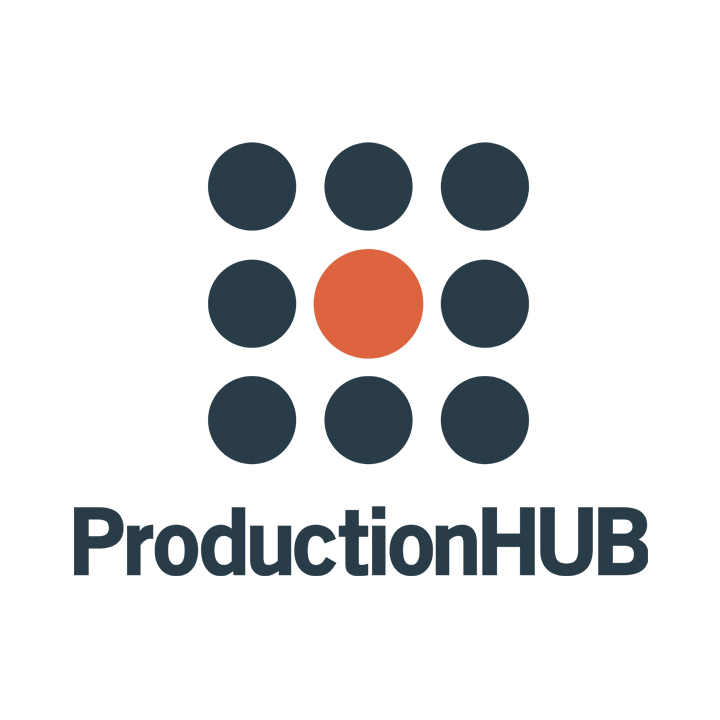
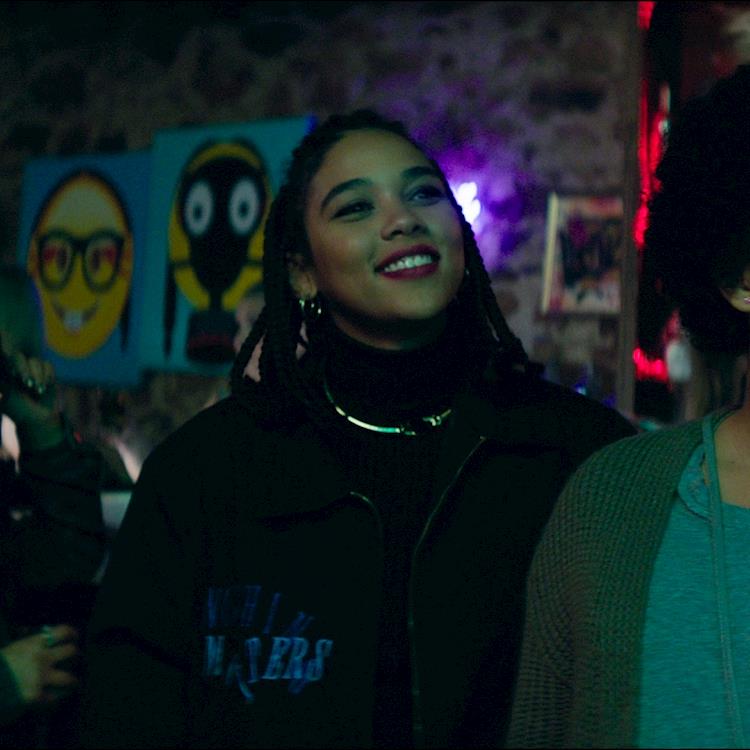
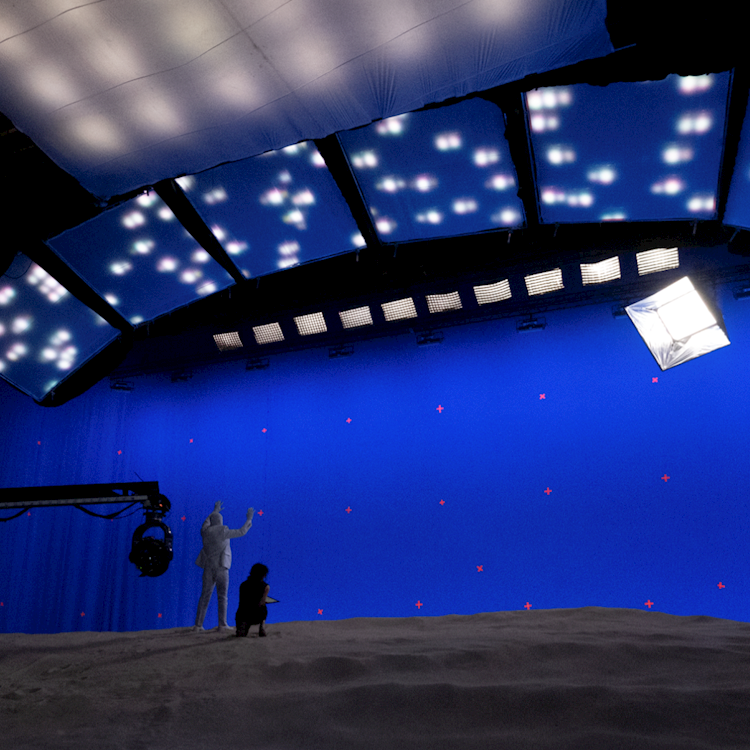
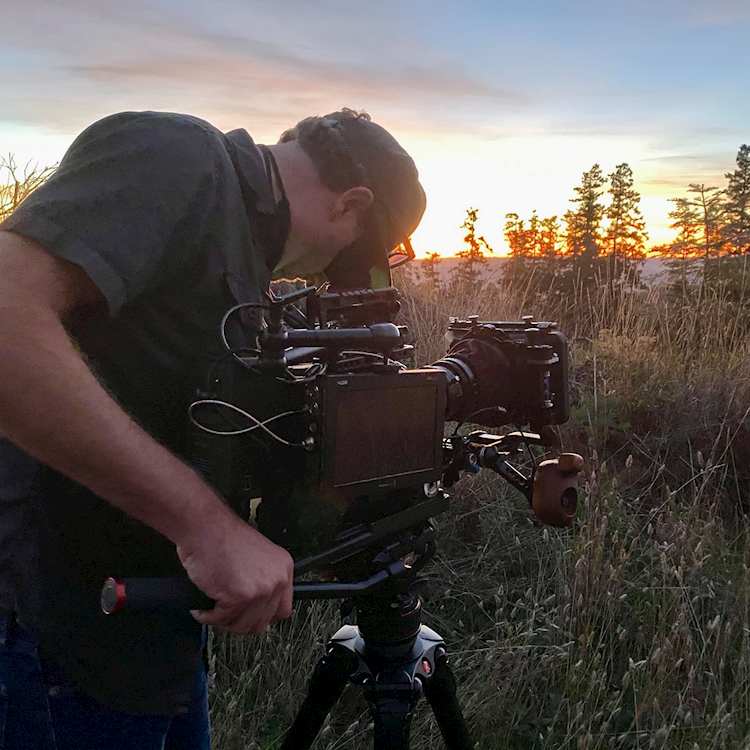





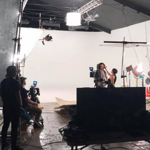
Comments
There are no comments on this blog post.